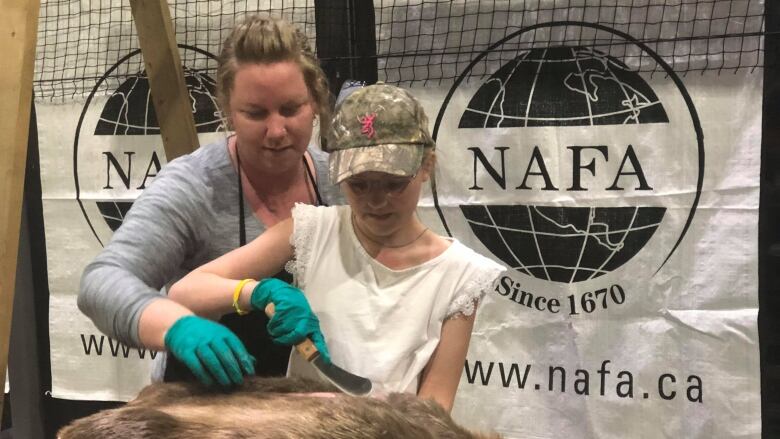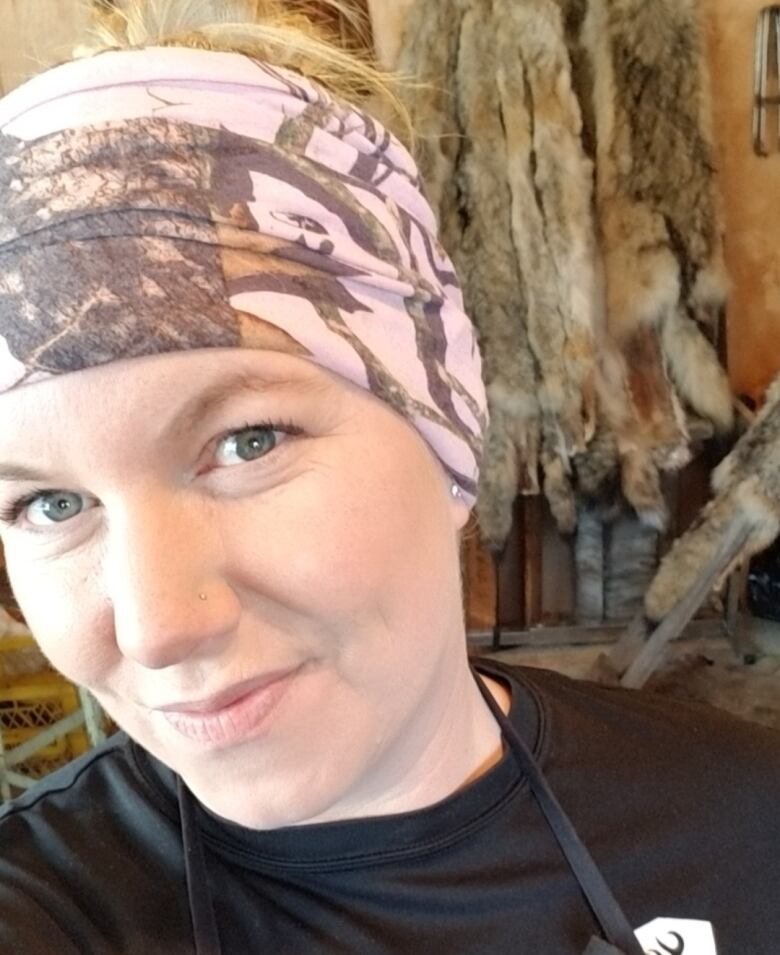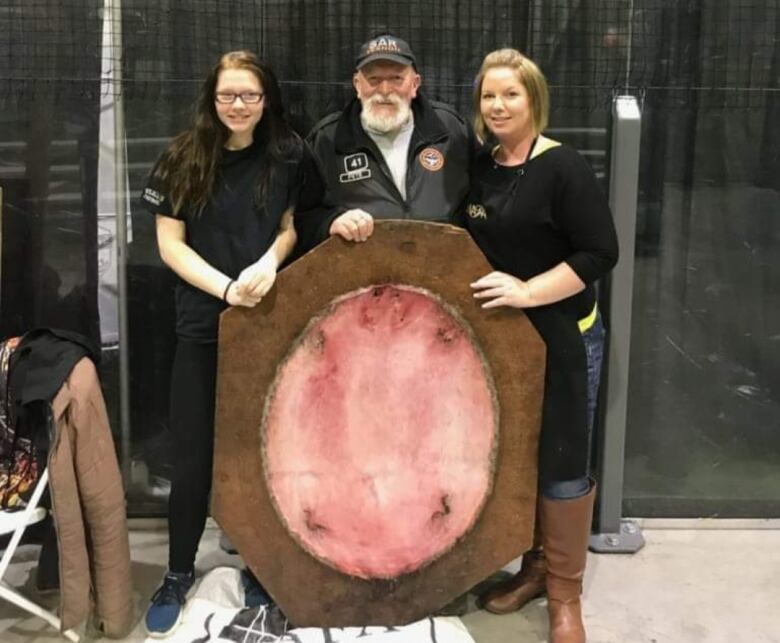Vernon woman breaks gender barrier in B.C. trapping community
Holly Wise is the first female to be certified as an instructor in the B.C. Trappers Association

Holly Wise has set plenty of traps in her lifetime.
Now, she has set a precedent, too.
Wise, a resident of Vernon in the North Okanagan region of B.C., recently became the first woman in the 78-year history of the B.C. Trappers Association (BCTA) to be certified by the association as a trapping instructor.
"It's very empowering," Wise told host Sarah Penton on CBC's Radio West.
"It's definitely an eye-opening situation for me, just for the simple fact that I am following in steps of other women who have been highly involved in the B.C. Trappers Association, and who have paved the way for so many other pieces, but none that have actually gone through the traditional boys' club of becoming an instructor."

Wise says the trapping industry has been dominated by men over the years. But within that community, she says people are always happy to share their knowledge and that's something for which she's grateful.
"Really being able to gather and pull from information from everybody it really has helped me to kind of [determine], 'What do I want to do as an instructor? How do I want to get these pieces of information out?'"
Growing up, Wise was never far away from a wealth of information when it came to trapping. Her dad, Pete, has been trapping for about 68 years.
'A wealth of knowledge'
Wise got her trapping licence in 1994 and received her instructor certification in April after going through a mentorship program. She's now one of about 10 certified instructors in the province.
Tim Killey, past-president of the BCTA, is one of those instructors and has known the Wise family for close to 20 years. He says Wise is a valuable addition to the instructor group.

"I think it's great for the association, great for the industry," Killey said. "We're getting more and more youth and female involvement in the trapping community. So I think it's a great thing it's great to have the diversity in our instructor corps and in our association as well."
Killey also said Wise "brings a wealth of knowledge to the table because she's been in it for all of her life."
As an instructor, Wise says she'll primarily focus her attention on the Okanagan area but is open to travelling around the province to hold trapping courses. Those courses, she says, are a combination of field instruction and classroom instruction.
"There is quite a bit of bookwork that goes with it because we teach the ethics and the regulations aspect of it, but it's also learning about your tools and your ecology and your habitat management," she said.
Close to 3,000 traplines in B.C.
Trappingis an activity that has been around in the course of human history. In B.C., animals commonly trapped for their fur include marten, beaver, otter, mink and muskrat.
As a province, B.C. is on a trapline system. As of 2022, Killey says there were about 2,900 traplines in B.C. and close to 1,400 people with active trapping licenses.
For people with traplines, trapping is done recreationally and as a source of income. Killey says earnings for trappers "haven't been great" for the past few years but says the demand for one particular pelt is increasing.
"I don't know that it's totally related to [the television show] Yellowstone but there seems to be a resurgence in the market for beaver pelts," he said. "It's a pelt used in cowboy hats."
Wise works full-time for Interior Health and will do her trapping instructionon the side.
"I have a waitlist," she said. "I have an amazing waitlist."
With files from Sarah Penton and Radio West












_(720p).jpg)


 OFFICIAL HD MUSIC VIDEO.jpg)
.jpg)



























































































